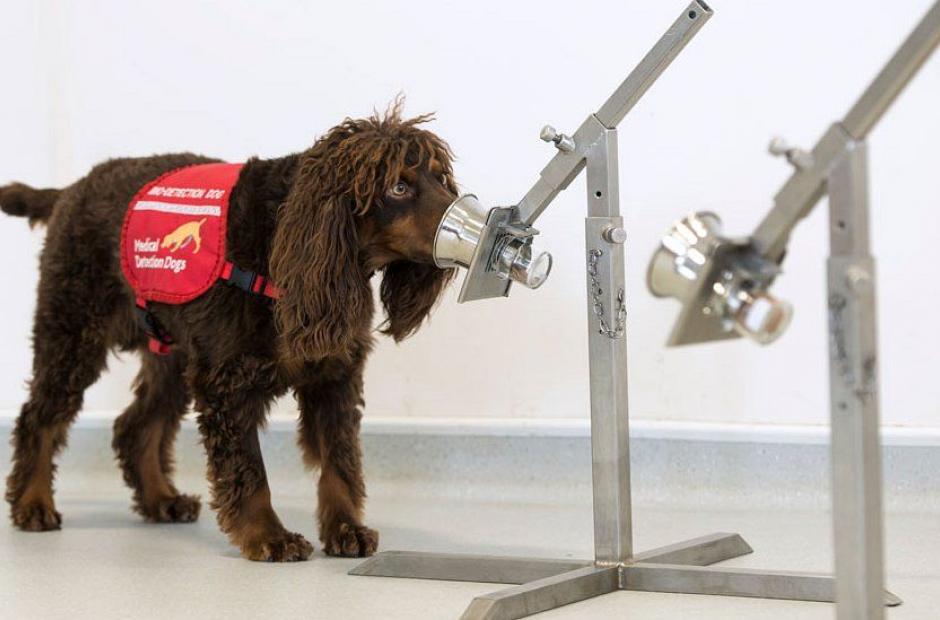While on October 28, 1918, Prague and other cities danced and sang enthusiastically, tens of thousands of people lost their lives. They got the so-called Spanish flu. According to the latest findings, the epidemic claimed up to 80,000 victims in the Czech lands alone, which is much more than previously thought … already in April 1918, MUDr. Ernst Guth, occupational physician of the Kladno Poldovka, indications of a strong influenza epidemic. At that time, little was naturally known about the fatal cases of influenza on the Western Front and in American camps, where tens of thousands of recruits were waiting in a cramped space for their deployment in Europe. A mysterious disease spread on the fronts, but practically no one heard about it in Prague, the censors of the military administration did not suffer such a report in the newspapers. There was talk among the soldiers outside in the trenches about the Flemish fever, but also about the flu from hunger …
There is not much that doctors could do against the so-called Spanish flu. Most were convinced that the causative agent of the disease was Pfeiffer’s bacillus – however, numerous Czech doctors, such as Vladislav Švestka, Ivan Honl or Assistant Professor Hlavín Antonín Spilka, doubted this. No special remedy for influenza was known, but many have been tested – urotropin, neosalvarsan or creosote. MUDr. Jan Šimsa promoted collargol in the sanatorium in Krč. However, all these flu drugs eventually disappointed. Particularly complicated treatment occurred when pneumonia was added to the influenza, then patients had to be kept alive, for example by cardiac preparations such as digitalis, strofantin, caffeine, strychnine or camphor.
Professor Wagner from the Prague Obstetrics Clinic watched as many pregnant women and puerperiums died at the height of the pandemic. He hoped to save young women by injecting adrenaline into their muscles. Professor Rudolf Jaksch von Wartenhorst, Head of II. medical clinic of the Prague German Medical Faculty, he had only scolding words for this action – this hormone was too dangerous for use in everyday practice. But as early as February 1919, a chemical plant in Chrást near Chrudim began producing ampoules against influenza pneumonia according to Wagner’s design.
The vast majority of all patients received no help at all because there were too few doctors and medicines available. Between 1915 and 1918, the number of physicians in Prague decreased from 792 to only 494 due to the war. In many places, as was the case in Košíře, there were one physician per 10,000 patients. In the end, many doctors succumbed to the flu, such as the head of the Klatovy hospital, Bohumil Tyll, and the general practitioner, Michael Horníček from Smíchov.
The cure for all’s hopes, aspirin, was almost unavailable, and black marketers sold it for exorbitant sums. At the same time, in life-threatening cases, this drug did not help practically anything. And against terrible pain, for example in the case of pneumonic complications, morphine or the heroin or pantopone, which was still in use at the time, an opium preparation from Switzerland, worked much better.
